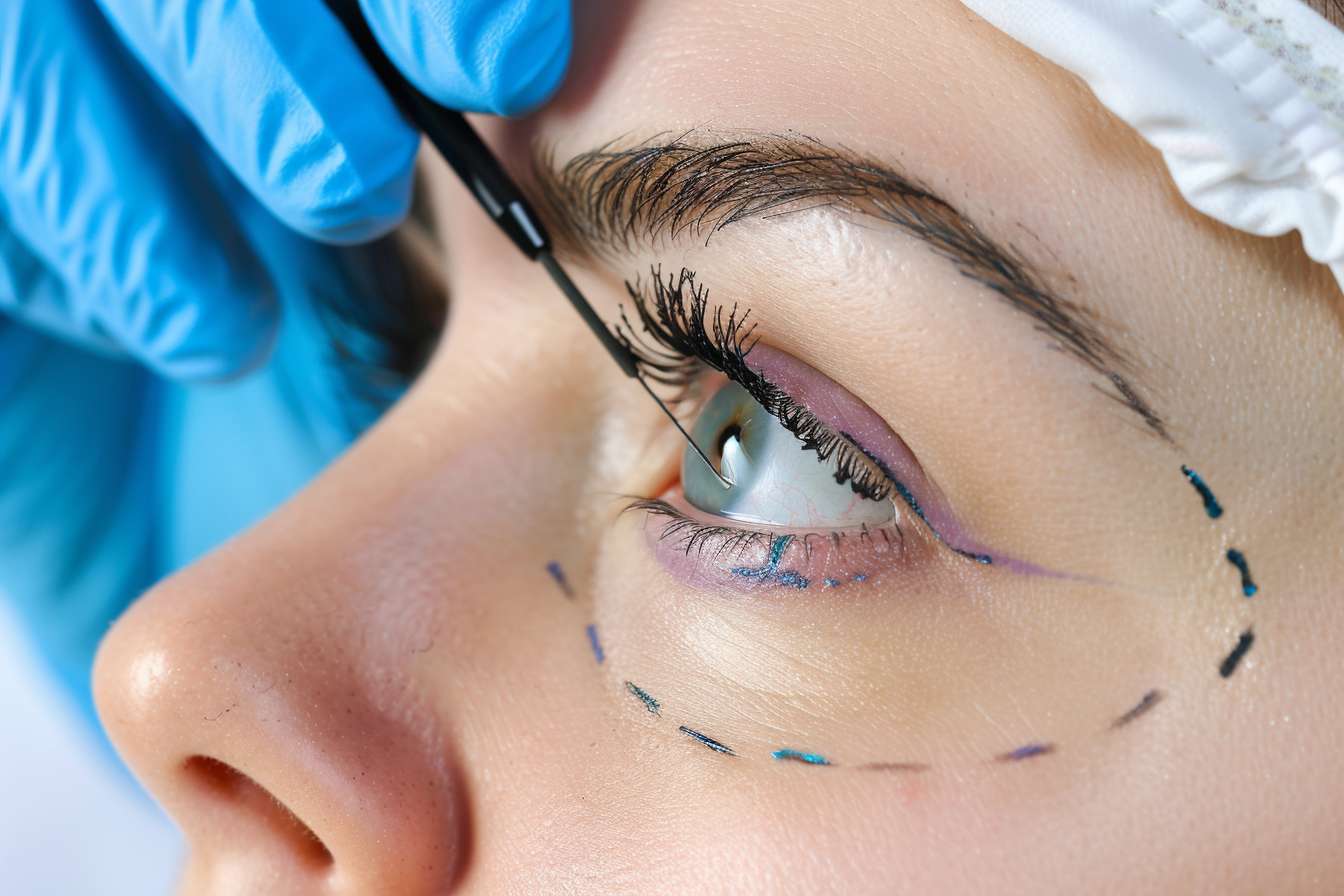Your Guide To Laser Eye-Lid Surgery Costs & Procedures
Laser eyelid surgery, medically known as laser blepharoplasty, represents a modern approach to rejuvenating the appearance of the upper and lower eyelids. This minimally invasive cosmetic procedure uses advanced laser technology to remove excess skin, fat, and muscle around the eyes, addressing concerns such as drooping eyelids, under-eye bags, and fine lines. Unlike traditional surgical methods that rely on scalpels, laser techniques offer precision cutting with simultaneous tissue sealing, potentially reducing bleeding and promoting faster healing for many patients.

Understanding Laser Eye-Lid Surgery Procedure Details
The laser eye-lid surgery procedure typically begins with a thorough consultation where a qualified surgeon evaluates your specific concerns and determines the appropriate treatment approach. During the actual procedure, the surgeon uses a specialized laser to make precise incisions along the natural creases of the eyelids. For upper eyelid surgery, incisions are made in the natural fold, while lower eyelid procedures may involve incisions just below the lash line or inside the lower lid. The laser’s heat simultaneously cuts and cauterizes tissue, which can minimize bleeding and reduce the risk of infection compared to traditional methods.
Comprehensive Laser Eye-Lid Surgery Costs Breakdown
Laser eye-lid surgery costs can vary significantly based on several factors including geographic location, surgeon experience, facility fees, and the extent of the procedure required. Understanding these cost components helps patients make informed financial decisions about their treatment options.
| Procedure Type | Average Cost Range | Additional Fees |
|---|---|---|
| Upper Eyelid Laser Surgery | $2,000 - $4,500 | Anesthesia, facility fees |
| Lower Eyelid Laser Surgery | $2,500 - $5,000 | Pre-operative consultations |
| Combined Upper/Lower | $4,000 - $8,000 | Post-operative care |
| Revision Procedures | $3,000 - $6,000 | Follow-up appointments |
Prices, rates, or cost estimates mentioned in this article are based on the latest available information but may change over time. Independent research is advised before making financial decisions.
What To Expect During Laser Eye-Lid Surgery Recovery
Laser eye-lid surgery recovery typically involves several stages, with most patients experiencing initial healing within the first week following the procedure. Immediately after surgery, patients can expect some swelling, bruising, and mild discomfort around the treated areas. The laser technique often results in less tissue trauma compared to traditional methods, which may contribute to a more comfortable recovery period. Most individuals can return to work within five to seven days, though complete healing and final results may take several weeks to months to fully develop.
Laser Eye-Lid Surgery Recovery Management Strategies
Effective laser eye-lid surgery recovery management involves following specific post-operative care instructions provided by your surgeon. Key management strategies include keeping the head elevated while sleeping to reduce swelling, applying cold compresses during the first 48 hours, and protecting the eyes from sun exposure. Patients should avoid strenuous activities, heavy lifting, and activities that increase blood pressure during the initial recovery phase. Regular follow-up appointments allow the surgeon to monitor healing progress and address any concerns that may arise during the recovery period.
Evaluating Laser Eye-Lid Surgery Pros and Cons
When considering laser eye-lid surgery pros and cons, patients should weigh the potential benefits against possible risks and limitations. Advantages of laser techniques include increased precision, reduced bleeding during surgery, potentially faster healing times, and the ability to simultaneously tighten surrounding skin through the laser’s thermal effects. The procedure can effectively address multiple concerns including excess skin, fat deposits, and fine lines around the eyes. However, potential drawbacks include the higher cost compared to traditional methods, the need for specialized equipment and training, and the fact that not all patients may be suitable candidates for laser techniques. Some individuals may still require traditional surgical approaches depending on their specific anatomical needs and desired outcomes.
Choosing the Right Approach for Your Needs
Selecting the appropriate laser eyelid surgery approach requires careful consideration of your individual goals, medical history, and realistic expectations. Factors such as skin thickness, degree of excess tissue, and underlying muscle tone all influence the surgical plan. A qualified plastic surgeon or oculoplastic specialist can evaluate these factors during a comprehensive consultation and recommend the most suitable technique for your specific situation. It’s important to research surgeons who have extensive experience with laser eyelid procedures and to review before-and-after photos of their previous work to ensure their aesthetic approach aligns with your desired outcomes.
The decision to undergo laser eyelid surgery represents a significant investment in both time and financial resources. By understanding the procedure details, associated costs, recovery expectations, and potential benefits and risks, you can make an informed choice about whether this treatment option aligns with your personal goals and circumstances. Remember that results can vary between individuals, and maintaining realistic expectations throughout the process contributes to overall satisfaction with the final outcome.
This article is for informational purposes only and should not be considered medical advice. Please consult a qualified healthcare professional for personalized guidance and treatment.




